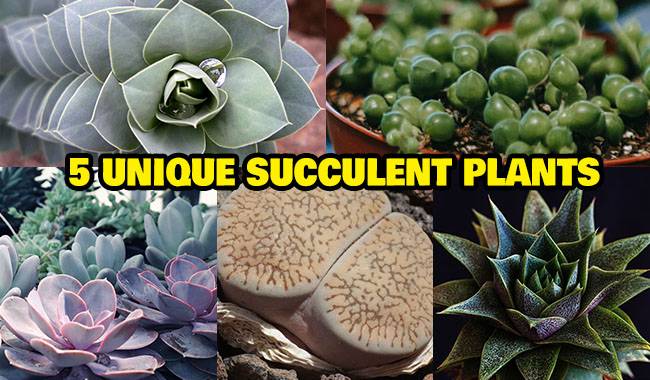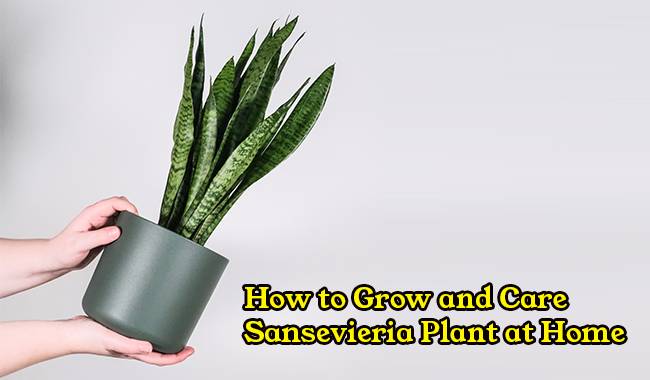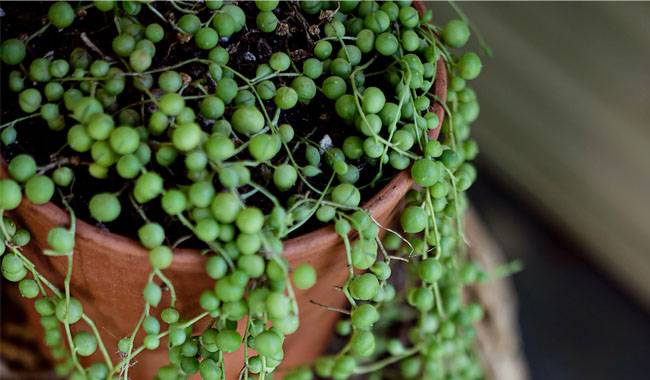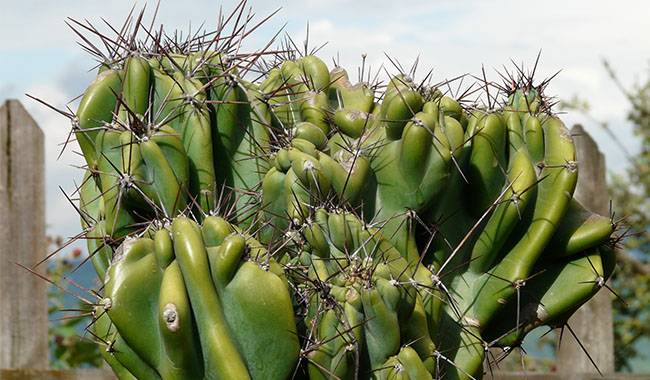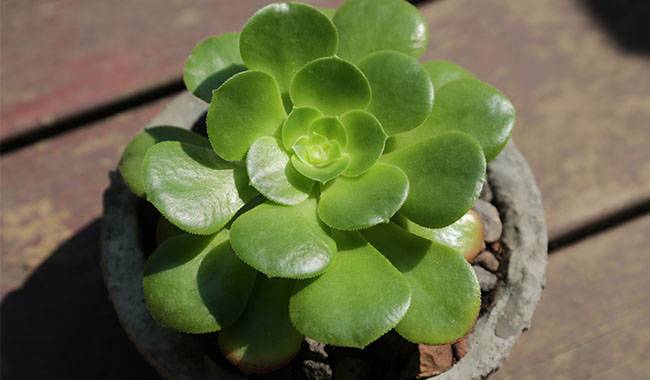
Aeonium, also known as Tree Houseleeks, is a genus of about 35 succulent plants belonging to the subtropical family Cruciferae. Many species are popular in the horticultural world. The name of the genus comes from the ancient Greek word “αιώνιος”/”aionios.” It is native to northern Africa and the Canary Islands. It has also become naturalized in southwestern Australia. Data from the Botanical Inventory show that the genus includes 36 major species and 39 hybrids. This means that some species are very popular with flower growers.
BRIEF DESCRIPTION OF AEONIUM CULTIVATION
- Flowering. Under home conditions, Aeonium Plant almost never blooms.
- Lighting. It needs a lot of bright sunlight. 3.
- Temperature. In summer – no more than 77 °F (25 °C), and in winter – 50-53 °F (10-12 °C). 4.
- Watering. During the vegetation period, watering should be done once or twice every 7 days. In winter, watering should be done every 30 days.
- Humidity. It is possible when.
- Fertilizer. During the growing season, every 15 to 20 days, use a mineral compound for succulents and cacti. Do not fertilize during the dormant period. 7.
- Dormant period. In wintertime.
- Transplanting. When the bush is young – once a year, adult plants – once every 2 or 3 years.
- Propagation. By cutting and by seed.
- Diseases. Worms.
- Insect pests. Aphids, mealybugs, mites, and scales.
FEATURES OF GROWING AEONIUM PLANT AT HOME
There are a very large number of species of Aeonium Plant, which are common in indoor cultivation. Some species have a lifespan of only 2 years, but there are some really long-lived ones among them.
Most Aeonium Plant species are succulents, similar to the rejuvenating plants that grow in gardens. Their unbranched, bare shoots are 4-40 inches (10-100 cm) tall. Some species develop aerial spines.
The fleshy, sessile leaves taper toward the base. They are arranged in dense rosettes that look like roses or dahlias and reach a few inches to 40 inches (100 cm) in diameter. Leaves can be light red, brown, green, or purple.
Aeonium has very few flowers. However, under natural conditions, it forms a pyramidal, brush-like inflorescence of yellow flowers. These flowers fade shortly after opening, and the rosette that produces the flower stalk withers after the flowering is over.
CARING FOR AEONIUM PLANTS AT HOME
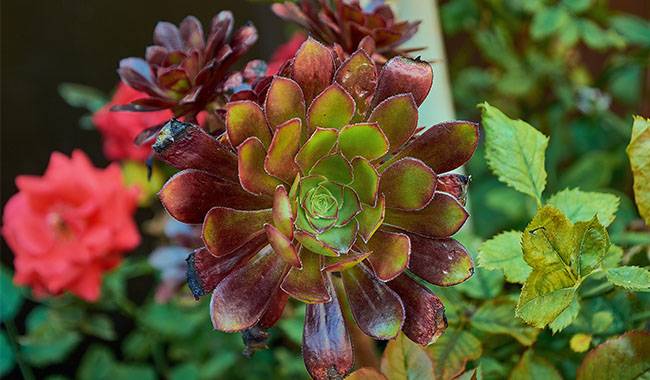
The common Aeonium plant does not require much for its care and cultivation conditions.
Light intensity
This plant is a photophilic plant. Special attention should be paid to species and varieties with mottled leaves, which should be provided with plenty of bright light. If they are exposed to even light shade, their stems will bend and stretch, and they will lose their color. Therefore, it is best to place the flowers in the southeast or south-facing window. But remember that in the late afternoon, when the sun is at its brightest, plants need some shade from the scorching light. A regular window shade can be used for this.
Temperature Range
Excessively high room temperatures will cause plants to react very negatively. In the summer, the room temperature should not exceed 77 °F (25°C). A bush is recommended to provide a cool overwintering environment at 50-53 °F (10-12°C).
Flowers require a constant supply of fresh air. Therefore, the room should be systematically ventilated, and the bushes should be protected from the wind. During the warmer months, bring the plants outside if possible. You can do this once the air warms up to about 50 °F (10 °C). In the fall, once the weather starts to get colder, put the Aeonium Plant back inside.
Watering
This succulent plant does not require frequent wetting of the substrate. In summer, water is more frequent than in winter. However, no matter what time of year, make sure the soil in the pot is almost completely dry before watering.
During the cold season, water Aeonium usually plants every 4 weeks. During the growing season, water about once or twice every 7 days. Well-drained water at a temperature close to room temperature is appropriate. Water should be poured very gently into the pot. Make sure that no liquid gets to the base of the stems and that no liquid accumulates on the leaves, as this can lead to rot.
Air humidity
Such a flower does not need to be sprayed with a sprayer, as it normally grows at any humidity. To remove dust from the surface of the leaves, a dry brush will suffice.
Fertilization
During the growing season, fertilize every 15 to 20 days. Compound fertilizers for succulents and cacti are helpful. Do not fertilize Aeonium plants in the cooler months. You should also not fertilize the substrate when the plant has recently been transplanted into new potting soil.
Transplanting Aeonium Plants
Plan to report the plant once a year when it is young. However, as an adult, transplant plants less frequently, about every 2 or 3 years, once the root system is no longer suitable for the new container. Don’t forget to put a 70 to 80 mm drainage layer at the bottom of the new pot. Repot plants by transplanting, taking care to keep the soil block intact. Fill the empty spaces of the new container with a potting soil mixture consisting of leaf and turf soil, coarse sand, and peat. It is recommended to add a small amount of charcoal to the mixture, as this works well to prevent decay.
If the shrub is large and quite old, you can avoid replanting it. Instead, it is recommended to replace the top 50 mm of the substrate with new potting soil. Note that after repotting, the root neck of the Aeonium Plant should be at the same level as it was in the old container.
If there is any indication that the roots of the flower have been damaged, carefully remove all potting soil after removing it from the pot. Inspect the roots. Remove any rotten or damaged areas with a sterilized tool and sprinkle crushed charcoal over these areas. Then plant the shrub in a new container with a fresh soil mixture.
AEONIUM PLANT PROPAGATION METHOD
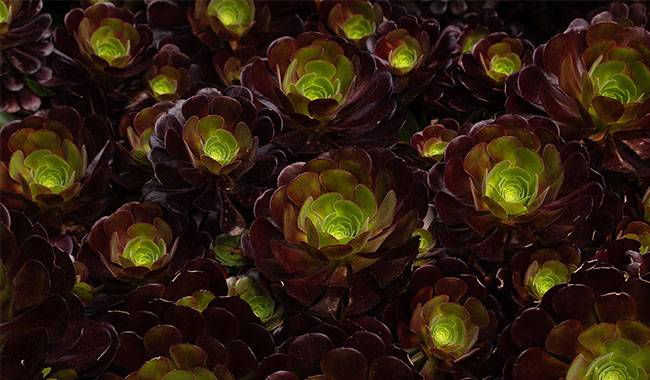
Growing from seed
Store-bought Aeonium Plant seeds should be spread evenly on the surface of the soil mix used to grow the seedlings. Moisten the seeds with a sprayer and cover the container with clear plastic or glass. The temperature should be around 68 °F (20 °C) to allow better germination of the seeds. Once the seedlings have hardened, you can plant them in their own growing cups. Once the shrub forms a rosette of foliage, it can be planted into a permanent pot.
Stem cuttings
Use a very sharp, sterilized knife to cut the stem with the rosette from the mother plant. The cut should be at an oblique 45° angle. Sprinkle crushed charcoal over the cuttings and allow them to dry for two to three days. They are then planted into a sterile potting soil mixture consisting of leaf soil and sand. The cuttings are only submerged by about 20-30 mm. Ensure that the potting soil is always moist so that the roots will emerge as soon as possible. The light should be bright yet diffused. Usually, roots will appear after 1.5 to 2 months.
Cut leaf cuttings
Separate a leaf from the rosette and let it dry for a few hours. Then soak the cuttings in a rooting substrate. Water with a sprayer, using well-drained water close to room temperature. During the rooting period, provide the same conditions for leaf plugs as for stem plugs. After a while, small rosettes should form around the leaves. When they grow up, they will be planted in permanent containers.
PESTS AND DISEASES OF AEONIUM PLANT
Pythium
Indoor ammonium is very resistant to diseases. However, it can develop problems due to violation of care rules, or more precisely, due to frequent stagnation of water in the substrate. This leads to root rot, causing withering and drooping of shoots and blackening and wilting of leaves. To avoid these problems, remember that a mild drought is better for this type of flower than overwatering.
Aeonium plants may also have the following problems.
- Leaves turn black at first, then fade and lose their luster. The room is very cold. Don’t be alarmed if only the lower leaf flakes die, as this is a fairly natural process.
- Yellow or black spots on the leaves. These are caused by the direct rays of the sun.
Insect pests
Pests such as aphids, mealybugs, spider mites, or scales may settle on the plant. They suck the sap from the leaves through the puncture holes. If the pests are not removed, the Aeonium plant will wilt.
Treat all parts of the shrub with a soap solution. After some time, rinse the soap off with water and protect the surface of the substrate with cling film. If there are scabies or worms on the shrub, then remove the insects from the plant with a cotton swab dipped in alcohol before treating them with soap. If pests have multiplied, only insecticides will kill them. Spraying shrubs outside is recommended.
If the air in the room is very dry, spider mites will settle on the plants. Mites can be found by examining the shoots and leaves: they will be covered with fine spider webs. An acaricide treatment will be necessary.
Products such as ACTELLIC Insecticide will help to get rid of all pests.
More Related Information About Growing Indoor Plants




